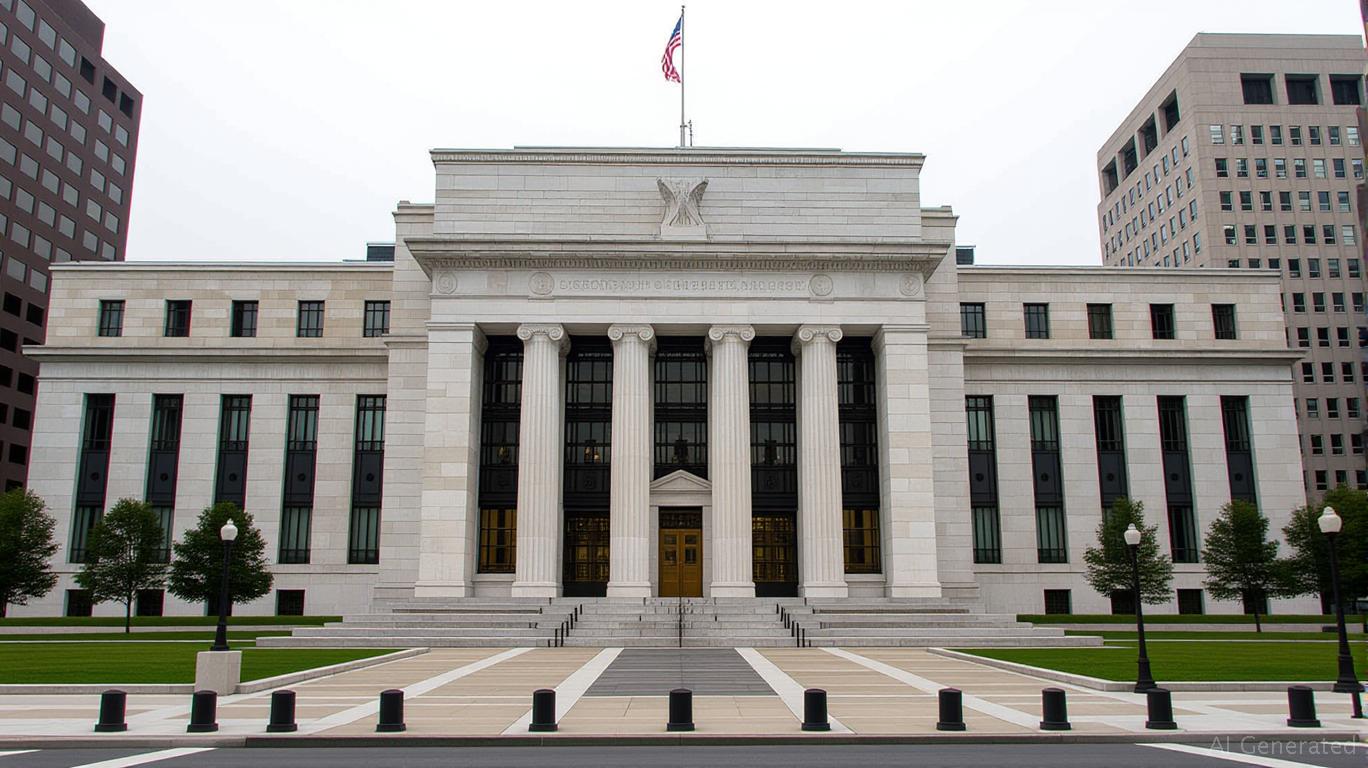AInvest Newsletter
Daily stocks & crypto headlines, free to your inbox
The Federal Reserve's decision to maintain its policy status quo in the face of mixed economic signals has created a pivotal moment for equity investors. With the June jobs report underscoring labor market resilience and tariff-induced inflation risks lingering, the Fed's “wait-and-see” approach is extending the window for sectors that thrive in higher-rate environments. Here's how investors can position portfolios to capitalize on this unique landscape.

The June 2025 jobs report, which added 147,000 nonfarm payrolls and pushed the unemployment rate to 4.1%—the lowest since February—has solidified the Fed's resolve to avoid near-term rate cuts. While private-sector hiring was uneven (manufacturing and federal jobs declined), state and local education sectors surged, alongside healthcare and social assistance. This divergence highlights structural strengths in public-sector employment, which insulates the labor market from broader economic softness.
The data has all but eliminated expectations for a July rate cut (), with markets now pricing in only ~64 basis points of easing for 2025. This patience creates tailwinds for rate-sensitive sectors like financials and energy, which benefit from prolonged higher short-term rates.
While the Fed's wait-and-see stance is partly due to contained headline inflation (CPI at 2.4%), tariff-driven price pressures loom as a wildcard. The delayed impact of tariffs—driven by businesses burning through pre-tariff inventories—has kept consumer prices stable for now. However, analysts project a 1.4% price surge by July as inventories deplete, potentially pushing core CPI toward 4%.
This uncertainty complicates the Fed's path: inflation risks could force a slower pace of easing than currently priced in. Sectors like energy and materials, which have pricing power in an inflationary environment, stand to outperform. Meanwhile, utilities and consumer staples—defensive plays with stable cash flows—should buffer portfolios against volatility.
Investors should focus on sectors with earnings resilience and dividend discipline:
Financials: Banks and insurers benefit from steeper yield curves and higher deposit rates. shows outperformance, but selectivity is key. Look for institutions with strong loan growth (e.g., regional banks) and low exposure to economic slowdowns.
Energy: Oil and gas companies are well-positioned to capitalize on inflation-linked pricing and rising demand. reveal attractive payouts, though investors should prioritize firms with hedged production or cost discipline.
Utilities & REITs: These sectors offer predictable cash flows and inflation hedges. Focus on regulated utilities (e.g., NextEra Energy) and REITs with long-term leases (e.g., Prologis), which insulate against rate volatility.
Tech with Recurring Revenue: Companies with subscription models (e.g.,
, Microsoft) or cloud infrastructure exposure can navigate uncertainty through steady cash flows.The Fed's data-driven pause is a double-edged sword: it keeps rates higher for longer, favoring financials and energy, but inflation risks could upend expectations. Investors should prioritize sectors with strong cash flows and pricing power while maintaining flexibility. Strategic entries into undervalued rate-sensitive stocks—coupled with defensive hedges—will be critical as the Fed waits for clearer signals.
The window of opportunity is open, but it's narrowing. Act decisively, but stay alert to the data that could shift the Fed's calculus.
Daily stocks & crypto headlines, free to your inbox
Comments
No comments yet